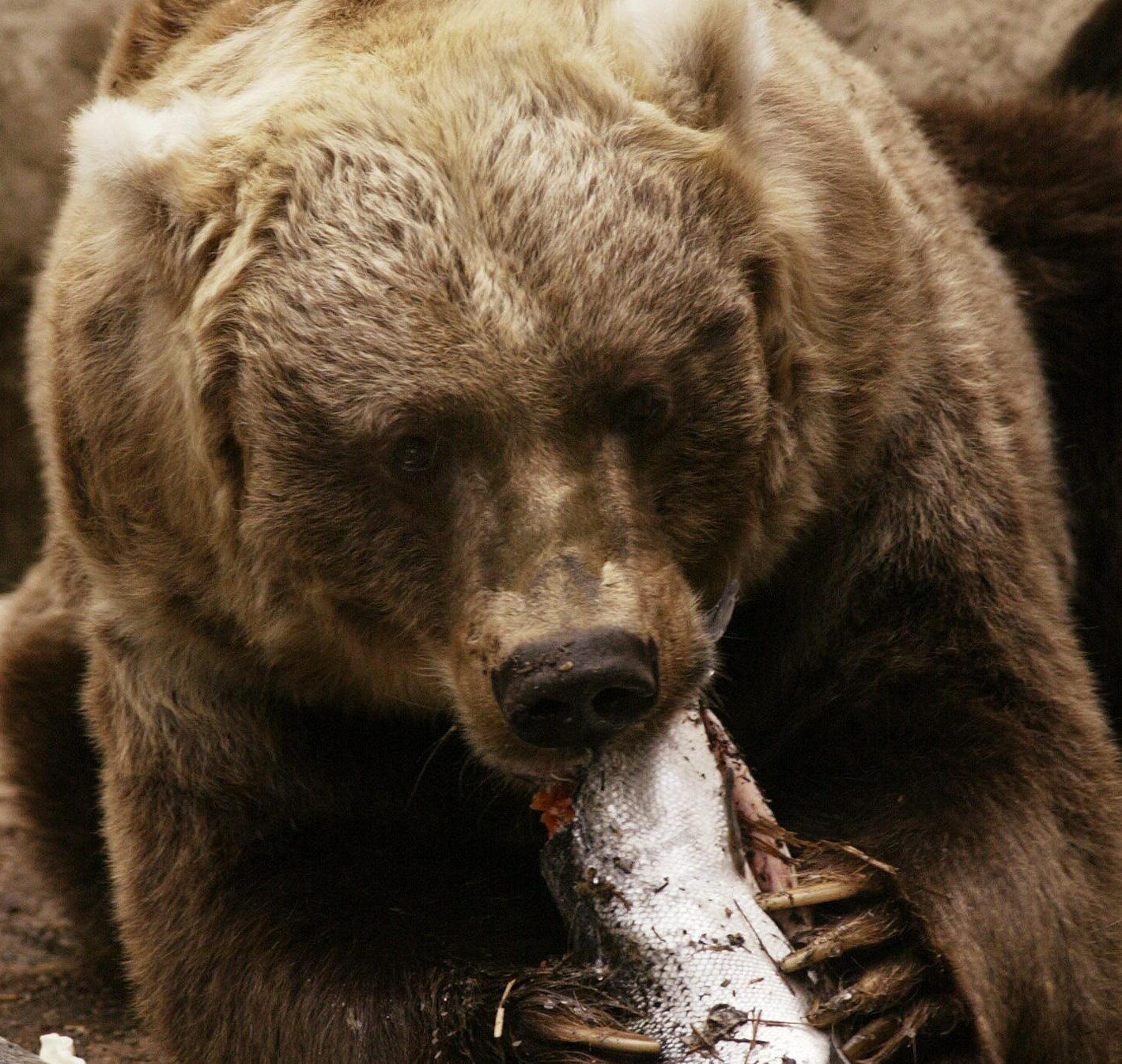Anthropause was one of the new words that emerged during the coronavirus pandemic. Scientists suggested this term to describe the global pause or slowdown of human activities due to the lockdown we experienced. Overnight, we stopped traveling, and many natural spaces that usually received numerous tourists and hikers became solely the home of wildlife again. With no people in sight, animals began venturing into areas where they did not usually roam. A team of US scientists took advantage of this forced pause to study how human presence influences the behavior of wild species.
These researchers had started tracking a total of 229 animals from ten different species in 14 US national parks with GPS collars in 2019, so the Covid-19 pandemic offered them the unexpected opportunity to compare changes in behavior before and after the pandemic. Their study, published this Tuesday in the journal Proceedings of the Royal Society B, reveals that the presence of people and human infrastructure in US national parks - which received a total of over 327 million visitors in 2019 - has lasting effects on the animals living in them.
Overall, the authors say, wildlife worldwide tends to fear humans and usually avoids areas of high human activity, but this behavior varies greatly among species, as documented in this study featuring gray wolves, pumas, black bears, grizzly bears, moose, mountain goats, and bighorn sheep.
Using the data collected from the GPS collars on the animals, they tracked how and where they moved before, during, and after the anthropause of the pandemic. Although, in general, animals tended to avoid roads, trails, parking lots, buildings, and campsites, a more detailed analysis showed that responses varied among populations, species, and individual animals. "This study reveals not only how wildlife responds to human presence but also why species respond differently and the complex ways in which animals balance the risks and benefits associated with humans," explained Forest Hayes, a postdoctoral researcher at Colorado State University and co-author of the study.
"Some species are simply more cautious around people than others, like bighorn sheep and pumas, while others have learned to associate humans with some benefit. Mule deer and moose in Zion National Park prefer to be closer to urbanized areas and humans. This may be because their predators could be avoiding people, so if deer and moose learn to coexist with us, they can reduce the risk of becoming prey," added co-author Kaitlyn Gaynor, a zoologist at the University of British Columbia.
The researchers found that some animals went from avoiding areas with human infrastructure in 2019 to using them more when they closed in 2020 due to the pandemic. With no people around, the animals seemed more willing to explore the developed areas of the park. "Yosemite National Park managers told us that when people returned, the black bears stayed, causing many problems because they got used to the abundant food in Yosemite Valley and didn't want to give it up," Gaynor explained.
But in most of the national parks studied, many animals continued to avoid areas with human infrastructure even during the lockdowns. "Given that many headlines in 2020 hinted that animals were reclaiming our national parks and were out on the streets everywhere, we expected to see a greater effect. But just a few individuals starting to change their behavior is enough to create the perception of a larger impact," reflected Gaynor, who stated that "although some individuals and populations showed a strong response to the absence of people during park closures, most did not."
The researchers hypothesize that, due to the relatively short duration of park closures (an average of 58 days), many animals may not have had enough time to perceive and respond to the change in human activity. Additionally, they add that some risk-averse animals and species may have already been displaced before the pandemic, while those accustomed to being near humans were already habituated.
Human presence influences the resources available to animals, and the responses of these animals can modify ecological dynamics according to the researchers. These responses can also affect the ability of animals to coexist with people in protected areas, as US national parks, like those in other countries, seek to achieve a balance between conserving wildlife and allowing them to be recreational areas: "Yellowstone, Yosemite, and the Grand Canyon are popular international destinations during the season, but the influx is concentrated near roads, visitor centers, and parking lots. Our study provides evidence that conservation is compatible with recreation, but it is necessary to reserve some areas exclusively for wildlife," Gaynor emphasized.
